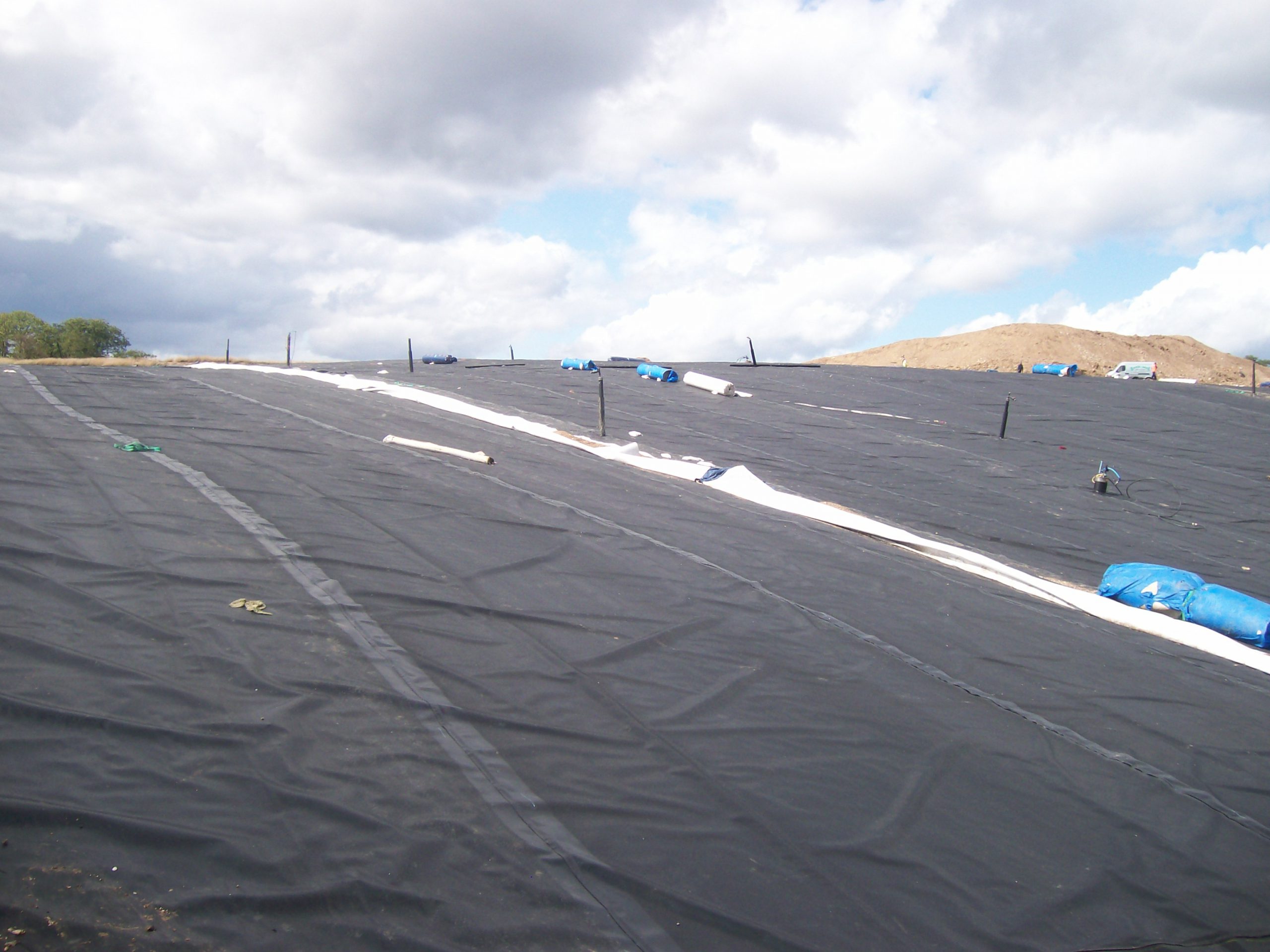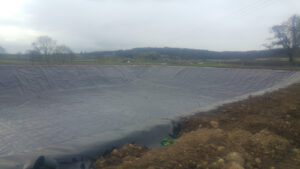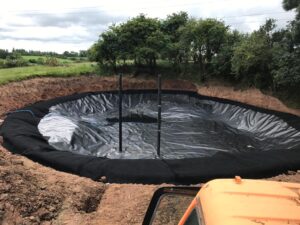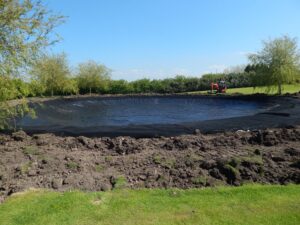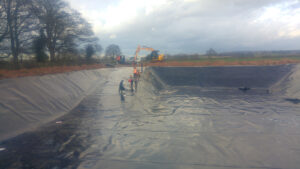In the realm of environmental remediation, the deployment of geomembranes, liners, and geotextiles has emerged as a transformative approach in tackling contamination issues in soil and groundwater. These versatile materials offer effective solutions, playing pivotal roles in containing pollutants, reinforcing soil, and facilitating the cleanup of contaminated grounds.
Understanding Geomembranes, Liners, and Geotextiles:
Geomembranes and liners are impermeable barriers crafted from synthetic materials like HDPE, PVC, or EPDM, while geotextiles are permeable fabrics. These materials collectively form a suite of tools used in environmental remediation projects.
Containment of Contaminants:
One of the primary functions of geomembranes and liners in contaminated grounds is to create impermeable barriers. These barriers prevent the spread of contaminants, effectively containing pollutants within specific areas and impeding their migration into surrounding soil or groundwater.
Cap Liners for Containment:
Cap liners, comprising geomembranes and liners, are employed to cap off contaminated sites. By covering polluted areas, they prevent rainwater infiltration, reducing leachate generation and further spreading of contaminants, thus aiding in the cleanup process.
Reinforcement and Stability:
Geotextiles play a pivotal role in soil reinforcement and stabilisation on contaminated grounds. These fabrics provide support, preventing erosion and stabilising disturbed soil. Geotextiles aid in soil reinforcement, controlling erosion and supporting the restoration of affected areas.
Applications in Contaminated Grounds:
Geomembranes, liners, and geotextiles find diverse applications in remediating contaminated grounds:
Landfills: Liners prevent leachate seepage, containing pollutants within landfill boundaries.
Brownfield Sites: Cap liners isolate contaminants, aiding in site cleanup and restoration efforts.
Erosion Control: Geotextiles reinforce soil, preventing erosion on contaminated sites.
Environmental Restoration:
The deployment of these materials significantly contributes to environmental restoration efforts. By containing and isolating contaminants, geomembranes, liners, and geotextiles facilitate the cleanup and restoration of contaminated grounds, promoting ecological recovery and sustainable land use.
Conclusion:
Geomembranes, liners, and geotextiles stand as indispensable tools in remediating contaminated grounds, offering effective containment, isolation, and soil reinforcement. Their ability to create impermeable barriers, cap off polluted areas, and stabilise disturbed soil is crucial in environmental cleanup efforts. By aiding in the containment and remediation of contaminants, these materials play pivotal roles in restoring contaminated grounds, ensuring safer environments for communities and ecosystems. As environmental remediation continues to evolve, the application and advancement of these materials will remain instrumental in addressing contamination challenges and reclaiming affected areas for safe and productive use.
To find out more about our products and services and how we can help you, please contact us using the below –
Tel: 01695 228626
Email: enquiries@enviroseal.co.uk

